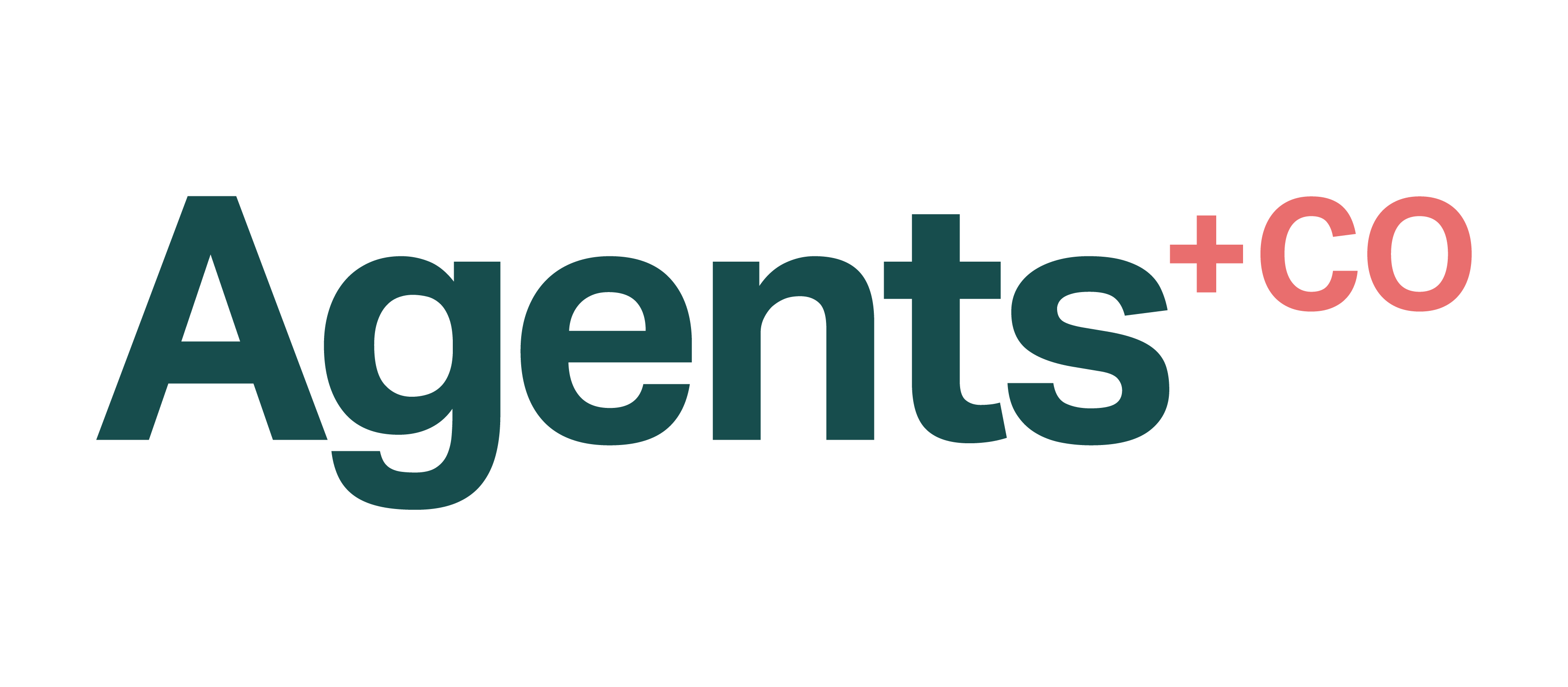Catastrophic floods, devastating bushfires and other natural and man-made disasters are a telling reminder of the need for thorough research into home and contents insurance.
Precious little can replace the sentimental value of unexpected home damage or loss, but property insurance provides much-needed peace of mind and asset protection to soothe the blow of storm damage, theft or natural destruction.
Covering all bases
Home and contents insurance encompasses all structural and acquired assets in and around your residence.
Home insurance covers your house and other structures on your property, including sheds, fences and in-ground swimming pools.
Contents insurance covers all belongings in your home, including furniture, art, white goods, appliances, bicycles and gym equipment, computers, clothing, jewellery and watches, and more.
Temporary accommodation allowance should also comprise essential coverage.
Estimating your property and contents value realistically, but with an emphasis on complete financial protection in the event of full or partial damage, is a prerequisite. Retain receipts, wherever possible, as proof of purchase and estimated value.
Experts advise that you err on the side of overestimation to avoid the disappointment of being underinsured.
Take into account new acquisitions, home renovations and property valuation increases to ensure your home and contents insurance aligns with its true worth.
This might bump up your premiums slightly, but there is no price too high for coverage should the worst-case scenario eventuate.
How much should insurance cost?
The cost for home and contents insurance is not as simple as a one-size-fits-all rule.
Insurance costs depend on the type, age and quality of your residence, address, metropolitan or regional zone, status and age of householders, and various other asset- and mortgage-based attributes that ultimately determine cost.
Suitability of the insurer is another area to consider. For example, the value of your property and contents could exceed the underwriting criteria for some insurance companies.
As with all investments, it’s best to shop around.
Most insurers, such as the RACV and Budget Direct (a multiple award winner for affordable home-and-contents insurance), provide online home, building and contents calculators so you can methodically determine your up-front costs and exactly what will be covered.
The fine print
Potential insurance-policy holders are advised to read contractual arrangements carefully, as each insurer and insurance policy differs.
Policyholders should always familiarise themselves with product disclosure statements to clarify any issues before signing on the dotted line.
This will ensure that there are no disappointments, if and when the time comes to make a claim.
Your financial planner, bank or real estate agent can recommend insurance companies and policies that best suit your needs.

